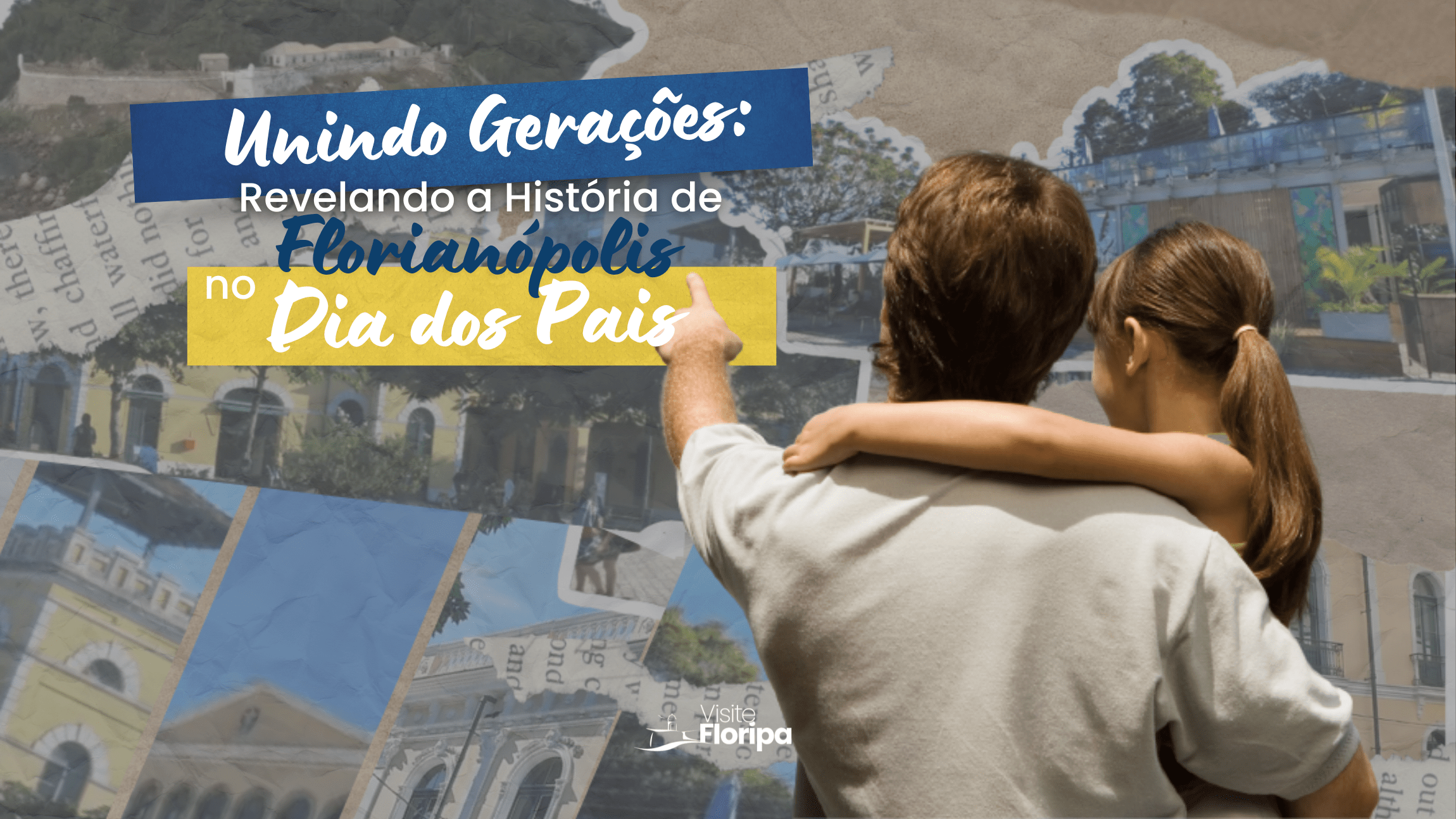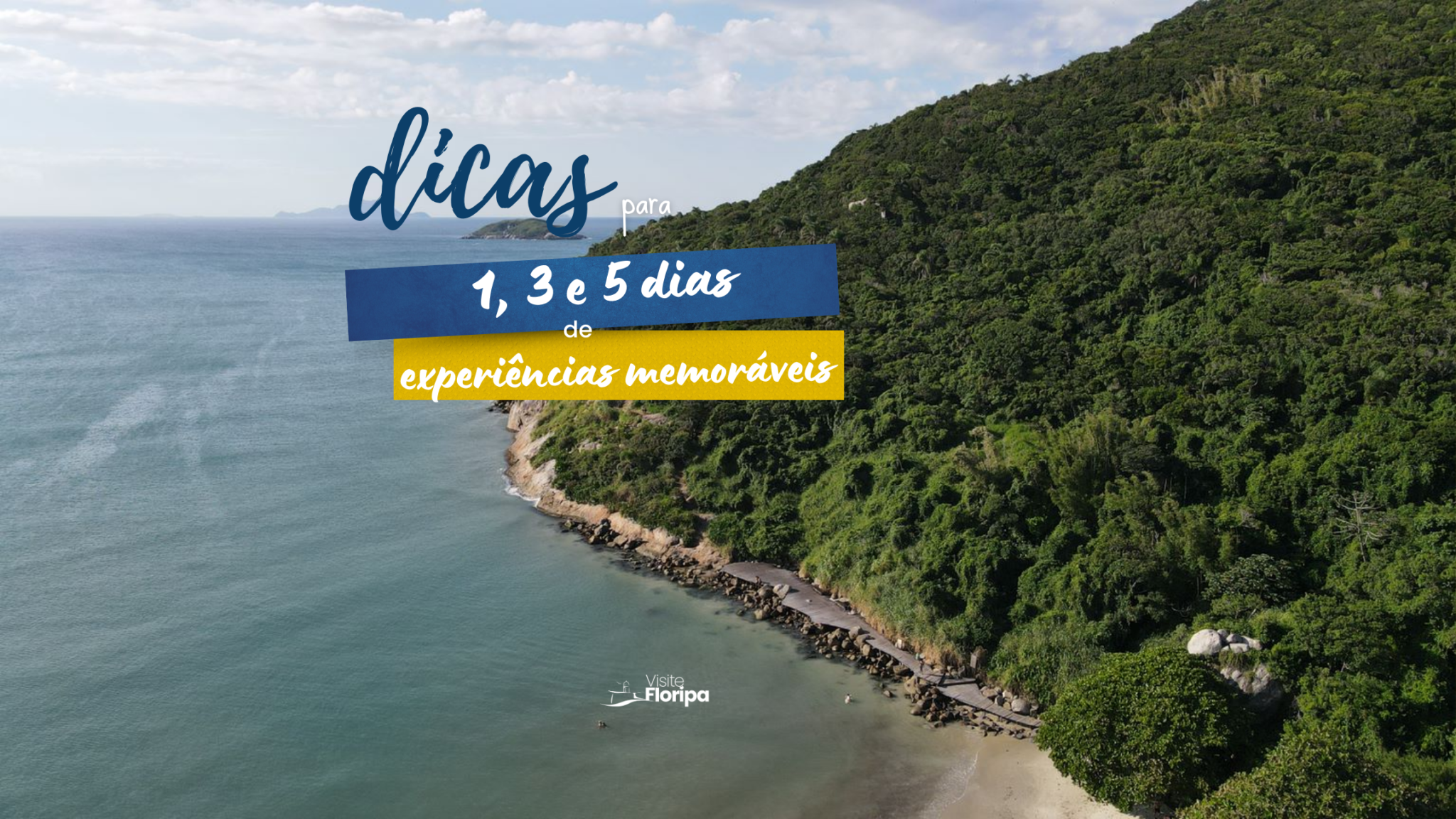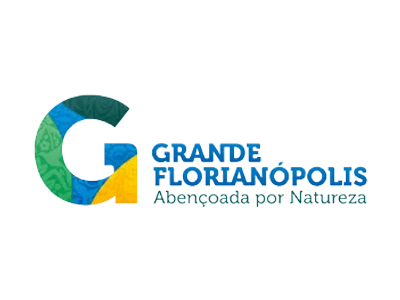Santa Catarina Island, where most of the city of Florianópolis is located, goes far beyond the natural beauty so sought after by those who visit it.
The Island was once a hereditary captaincy and brings in its architecture the heritage of the Portuguese who arrived here mainly between the 16th and 18th centuries.
During the period of colonization, Church and Monarchy went together and, therefore, the Portuguese began each settlement by building chapels that represented the union between State and religion and, from which, the new settlement would be instructed in the precepts of faith and Government.
As the settlement developed, its church increased in size and received a new nomenclature, demonstrating its hierarchy before the Crown.
One way to go back to the past and understand this process is to take a guided walk through the historic center and visit the Metropolitan Cathedral, built between 1753 and 1773, the Church of Nossa Senhora do Rosário and São Benedito dos Homens Pretos, built between 1787 and 1830 and the Church of São Francisco, built between 1803 and 1815.
The Cathedral of Our Lady of Exile
The tour starts in front of the Cathedral, seat of the archdiocese of Florianópolis and where Póvoa de Nossa Senhora do Desterro was founded in 1673, with the construction of a small chapel.
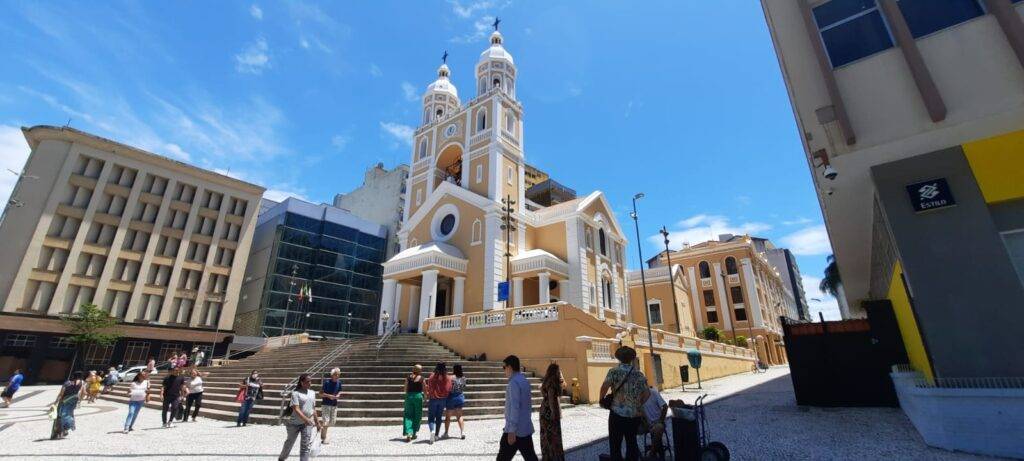
Photo: View of the Cathedral of Our Lady of Destero
Outside, with the use of photographs, the visitor can find the differences between then and now, like a game of 7 mistakes, while the guide talks about the history of the foundation.
Inside the church, the visitor comes across an incredible collection of sacred art, which includes everything from the original image of Saint Catherine of Alexandria, brought from Austria in 1760, to the organ with more than a thousand pipes coming from Germany at the beginning of the decade. from 1920.
On the way between the altars, the guide tells details of the construction, the saints and points out some remnants of old paintings that could go unnoticed by the most inattentive, but which were purposely left visible in the last major restoration completed in 2010.
The Church of NS do Rosário and São Benedito
Continuing the walk, following a few meters along Rua Tenente Silveira, the visitor comes across the famous Escadaria do Rosário, a landmark in the city and which leads to the Church of Our Lady of the Rosary and Saint Benedict of Black Men, built by one of the oldest brotherhoods on the Island. The Rosário brotherhood was officially founded by enslaved Africans on Santa Catarina Island in 1750 and served black and poor people who were prohibited from attending the Cathedral. The church was built by them between 1787 and 1830.

Photo: View of the Rosary Staircase and the Church of Nossa Senhora do Rosário and São Benedito dos Homens Pretos
Unlike the previous one, the Rosário church surprises with its simplicity and lack of exaggerated aesthetic adornments, typical of Portuguese temples, which matches the conditions under which it was built: slowly, by the hands of slaves who had little money and few hours in the day. for the work. Their main function at the time, as common among brotherhoods, was to help their followers. Every year, a draw was held to buy the freedom of one of the faithful. From the main door, the visitor can compare the current scene from the staircase with the work “Vista de Desterro” by Victor Meirelles, which shows the old city as it was in 1847, another visual resource brought by the guide.
Maria Gabriela's Atelier
To continue in the artistic context, about an hour and a half after the start of the tour, it is time to pause in the Maria Gabriela's studio, a local artist. With a privileged view of the Metropolitan Cathedral, she presents the studio where she holds workshops and paints in watercolors all her love for the Island. The paintings, divided into houses, beaches, churches and fortresses, can be purchased in canvas format or as exclusive souvenirs created by the artist. After resting with coffee and relaxed chat, it's time to continue the walk towards the last church on the tour.
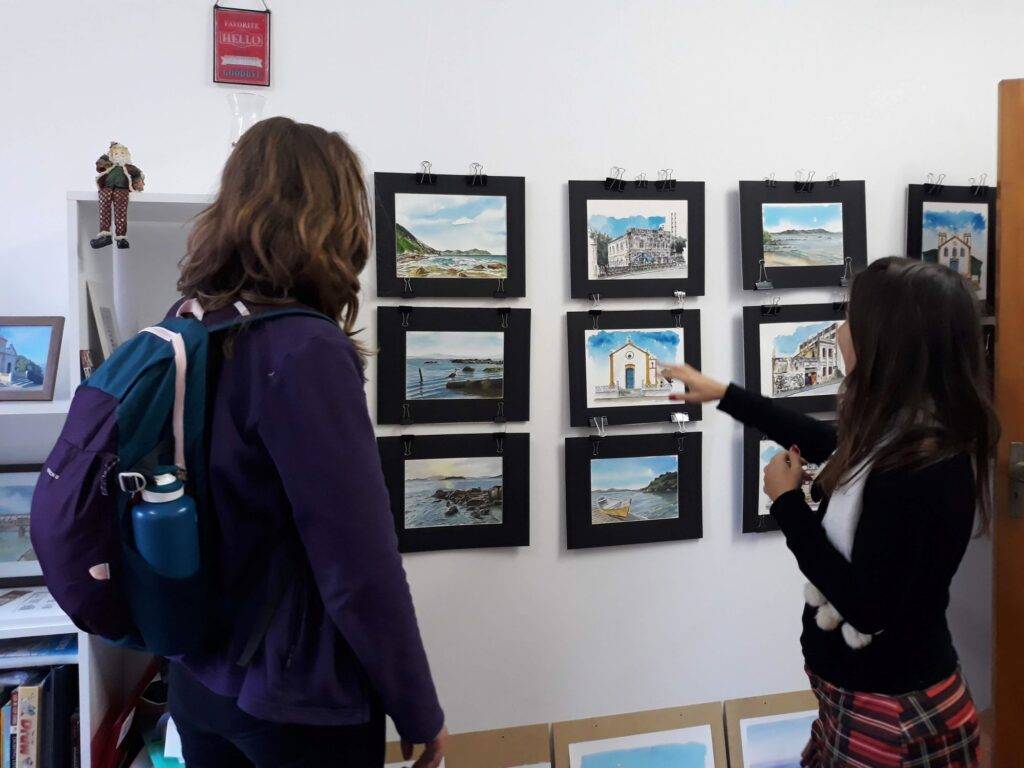
Photo: Visit to Maria Gabriela’s studio
On the way, it is impossible not to contemplate the ancient Jardim Oliveira Belo, today Praça XV de Novembro, the heart of the center and which holds one of the city's greatest treasures, the Centennial Fig Tree. Street art is also present along the route, with emphasis on the “Black Swan” mural by the artist Rodrigo Rizo, in homage to the poet João da Cruz e Sousa, in the gardens of Pink Palace, which officially bears the name of the writer.
A Church of San Francisco
Following the Moinhos de Vento promenade, now the iconic Rua Felipe Schmidt, you arrive at Church of São Francisco das Chagas or Igreja do Galo, with its eclectic building style, meaning it has undergone countless changes over the years.
The church of São Francisco was built by the Third Order of São Francisco da Penitência, which arrived in Desterro in 1745. At that time, the order's meetings took place in the Metropolitan Cathedral, until in 1803 its cornerstone was laid at the address where it is located. today. Listed as a Historical Heritage Site of the Municipality and State of Santa Catarina, it is one of the few churches in Brazil to contain a rare image of Saint Francis at the feet of the Crucified Christ, originating from its inauguration in 1815.
After years of neglect, the church of São Francisco underwent a major renovation that also restored 45 original sacred images, including that of Santo Antônio de Categeró, which was brought by slaves who worked on the construction. Today, the church has a room where you can see photos of the restoration carried out and some remains of the wood originally used.

Photo: View of the Church of São Francisco das Chagas
Approximately 3 hours after the start, the tour concludes in style. happy hour at the Public market, where the guide's suggestion for a typically manezinha experience is to try a pastry with sugarcane juice.
It is at this moment that the tour ends and the visitor can choose to walk through the stores in the South and North Wing of the Public Market, follow the Customs Square or stretch the happy hour, which is always a great idea in a city like Florianópolis.
Important notes about the tour:
Due to opening hours and fixed religious events, the tour of historic churches must be carried out on Mondays, Wednesdays or Fridays and, even so, may undergo changes due to the operation of the places visited, without prior notice.
To schedule the tour, contact Guide Carol Floripa via Whatsapp (48) 98481-5112 and for more options, follow Guia Carol on Instagram @guiacarolfloripa
